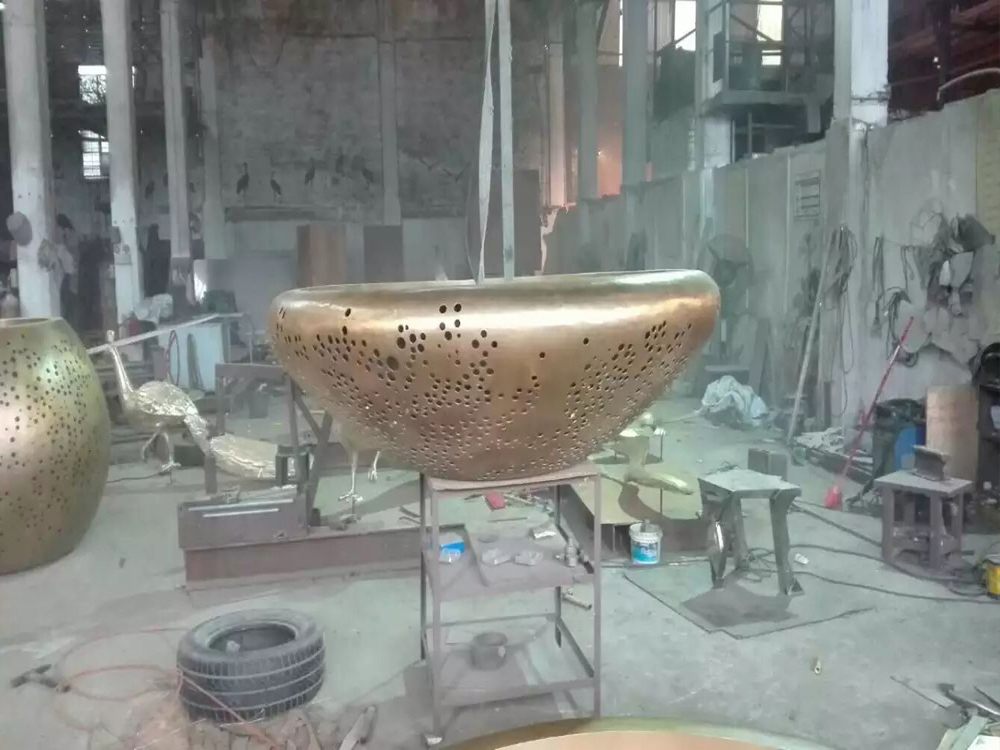
Creating the illusion of soft, flowing fabric in rigid bronze is one of sculpture's most fascinating technical challenges. Master sculptors employ several specialized techniques to achieve this remarkable effect.
The process begins with careful observation of real fabric behavior. Artists study how different materials drape, fold, and respond to gravity before translating these observations into clay models. The initial modeling stage is crucial, as artists manipulate the clay to capture both the weight and movement of fabric.
For the bronze casting process, most artists use the lost-wax method which preserves fine details. They apply multiple layers of wax to the original model, carefully carving and texturing each layer to simulate various fabric types - from delicate silks to heavy woolens. Some sculptors even press actual fabrics into soft wax to capture authentic textures.
After casting, surface treatments enhance the illusion. Artists use specialized tools to create subtle variations in the metal's surface, mimicking light reflecting off fabric. Chemical patinas are carefully applied to suggest shadows in folds and highlights on raised areas. The final polishing stage brings out these contrasts, creating the visual trickery that makes bronze appear soft and pliable.
Contemporary sculptors sometimes combine traditional techniques with modern technologies like 3D scanning to achieve even more precise fabric simulations. However, the fundamental artistry remains in the sculptor's ability to transform cold metal into something that appears to flutter in an imaginary breeze.

